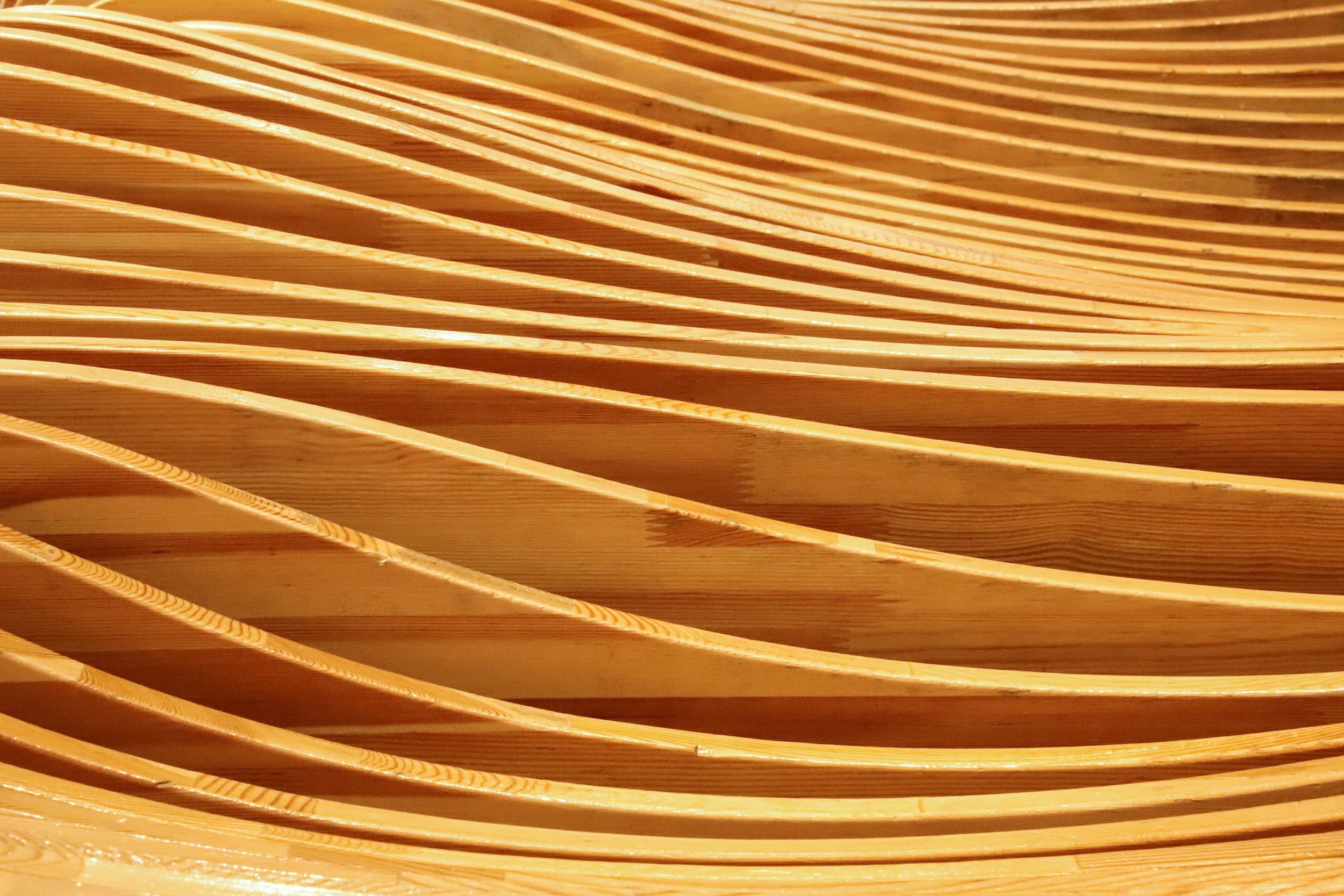A reading list for forestry and poaching
Photo credit: Liz Duck-Chong
Something that is on our mind a lot at Among The Trees is how forestry affects our ecosystems and landscape. While we deal every day in timber, by working exclusively with reclaimed timber we don’t deal directly with forestry or virgin lumber – a product that is essential to our economy and society, but not without its complications for the natural environment.
Increasingly we’re seeing news and opinion around the world turn to our forests, and the issues that come with cutting them down. We’ve collected below a few articles and books from the past few years that talk about forestry, logging, and timber poaching.
We started to put together this list earlier this year when we noticed an uptick in local media talking about the impact of logging on our own shores. The articles 'The cost of native forest logging' in the Saturday Paper, 'Logging is last thing our wildlife needs' from LaTrobe University and 'Logging native forests in Victoria costs more money than it makes' from the Australian Financial Review all came out in the past few months, and demonstrate a strong stance from a range of writers that maybe logging of native forests is reaching a turning point.
These articles, and a range of other media stirred up on the project by the Victorian government’s continued political support and subsidisation of forestry, show a clear argument for both the environmental and financial benefit of stopping cutting down native forests.
These articles all come out at a time where new research is showing that “more than half of NSW forests have been lost since 1750” – an area larger than New Zealand.
This all feels especially wild to consider when you learn that most of this timber ends up in landfill. For The Conversation (‘Logged native forests mostly end up in landfill, not in buildings and furniture’), Chris Taylor and David Lindenmayer explore how most native timber is used for purposes that have short lifespans and end up in landfill including woodchips, timber pulp, and pallet manufacturing.
This isn’t just the case on our own shores, with calls for a change in how we approach forestry happening in all corners of the globe. This fantastic article by Alexander Sammon for The New Republic (‘Ikea’s Race for the Last of Europe’s Old-Growth Forest’) documents the lengths that IKEA is going to to secure questionable sources of timber to stay competitive in the market.
Timber poaching is a slightly different topic to forestry, in that it is an illegal practice to start with. However, we’ve seen poached timber find its way into factories and workshops around the world, so it is not an issue that is entirely separate from timber sourcing.
This article on NPR’s Planet Money (‘The strange underground economy of tree poaching’) is a fascinating discussion with the author of Tree Thieves. In this book, Lyndsie Bourgon talks about the stealing of trees, and even of particular parts of trees such as burls. In the past, theft has primarily dealt with fallen logs and already dead trees (Note: there is increasing evidence that dead and fallen trees are an essential part of forest ecosystems), this has increasingly shifted to removing living trees, exposing them to infection or rot in the process. (You can read more from Bourgon in her piece for LitHub here.)
Poaching of timber across the globe contributes to the dwindling populations of many trees, and in particular the old growth examples of species such as rosewoods, ebonies, redwoods, pines and more. This is an issue we deal with in Australia too, with timber poaching occurring on our shores as well as an estimated up to 10% of our imported timber possibly coming from high-risk sources.
However, it’s not all bad news. As tree poaching increases, so do the tools and science involved to fight illegal logging at its root (that’s a tree pun). Lauren Markham writes for Harpers Magazine (‘Tree Sleuths’) on how DNA is being used to help fight tree poaching and crack down on the people who are committing and profiting from that industry.
It can sound pretty dire when you read it all together like that, but fear not – you can help make a difference to the world’s forests by choosing sustainable sources for your timber, whether from sustainable plantation forests or buying reclaimed. If you’re interested in exploring the world of reclaimed wood, come in store and have a chat with us from Wednesday to Saturday, 10am to 4pm.






